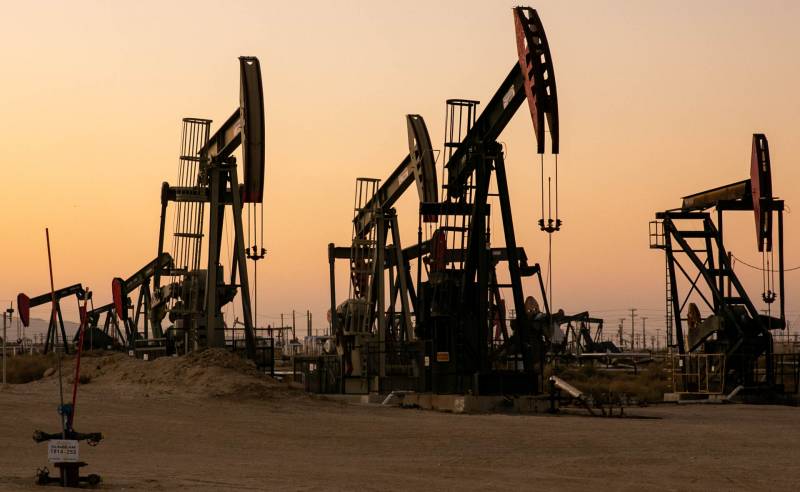Facing a mountain of debt amid a historic coronavirus-driven crisis in the petroleum industry, one of California's biggest oil producers has filed for bankruptcy.
Industry analysts say the filing late Wednesday by Los Angeles County-based California Resources Corp. is a dramatic illustration of the challenges facing oil producers as pandemic-fighting measures across the globe have drastically reduced demand for petroleum products and contributed to a crash in crude prices.
Environmental activists say the crisis in the industry increases the risk that troubled oil-field operators will fail to meet their legal responsibility to safely shut down California's tens of thousands of idle wells. They're calling on Gov. Gavin Newsom's administration to intensify efforts to make sure that such wells — which can pose significant problems with water quality, air pollution and greenhouse gas emissions and are expensive to properly decommission — are not simply deserted.

